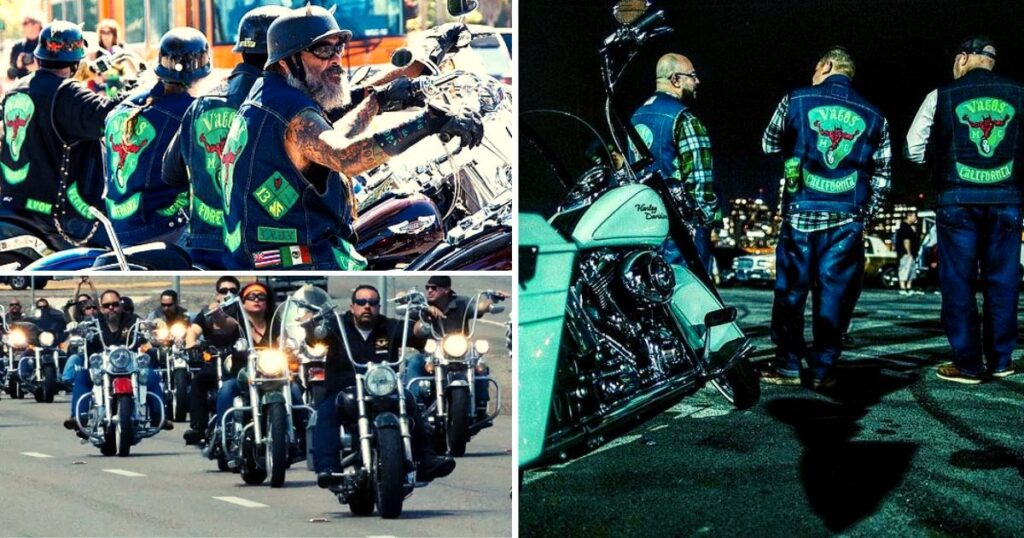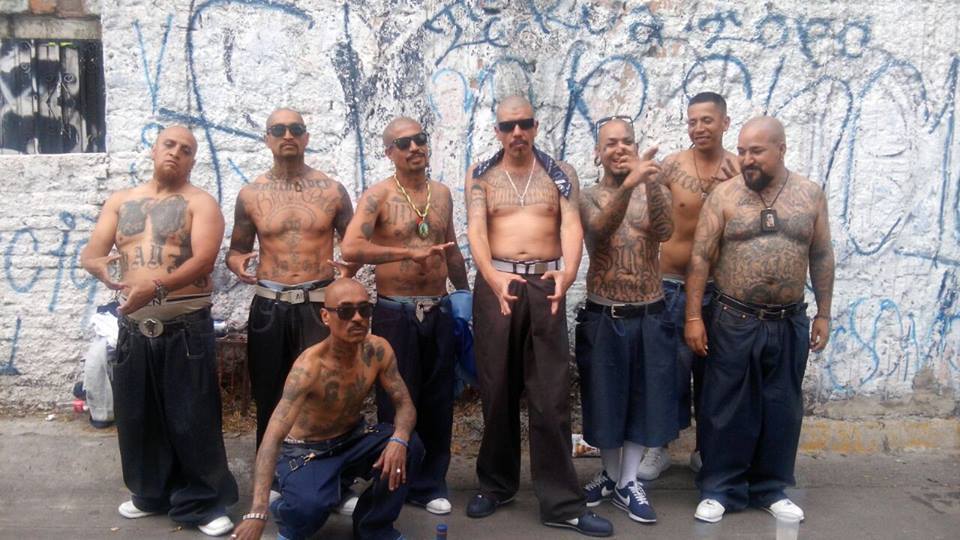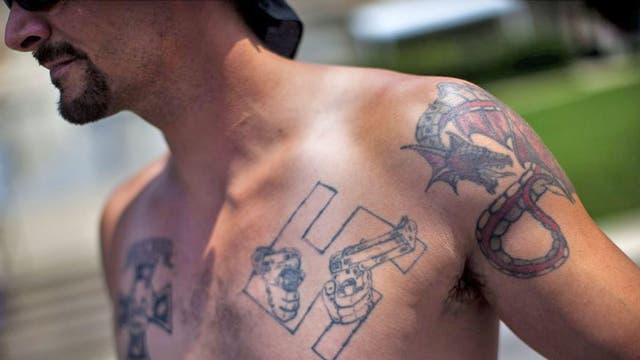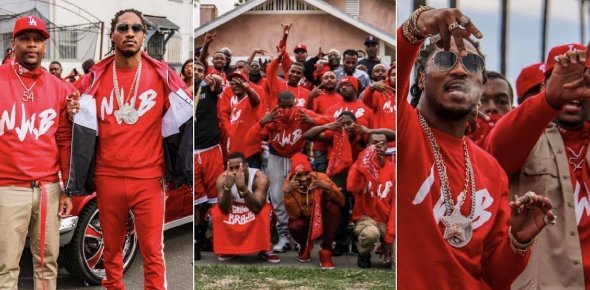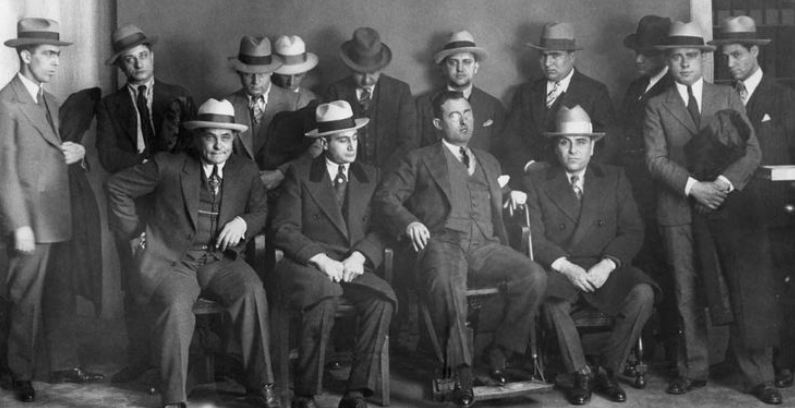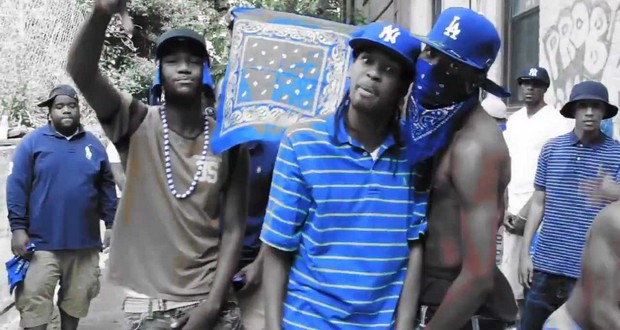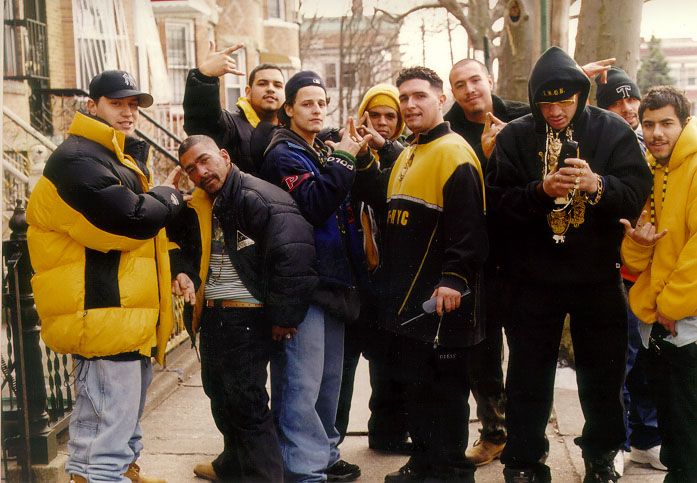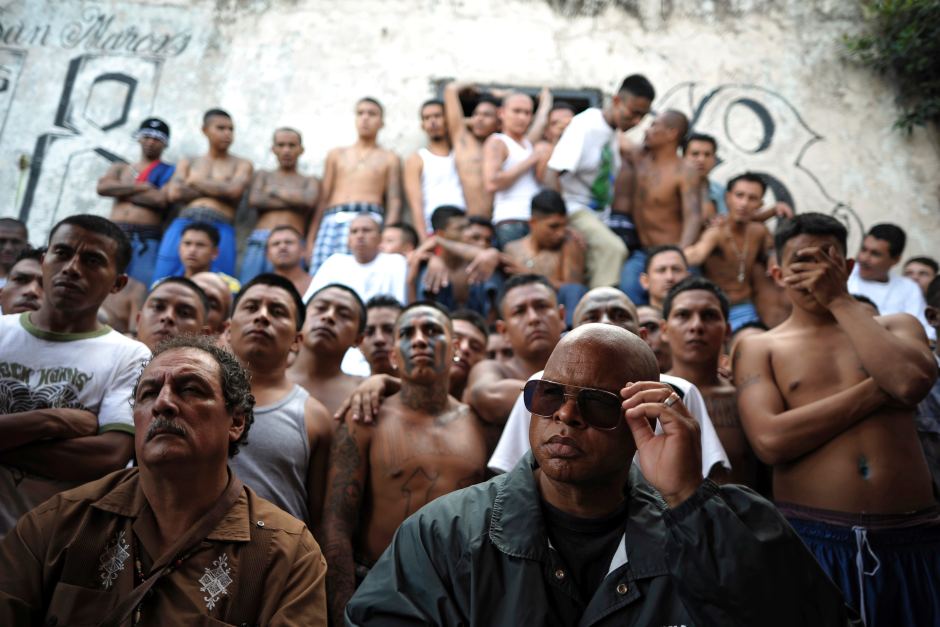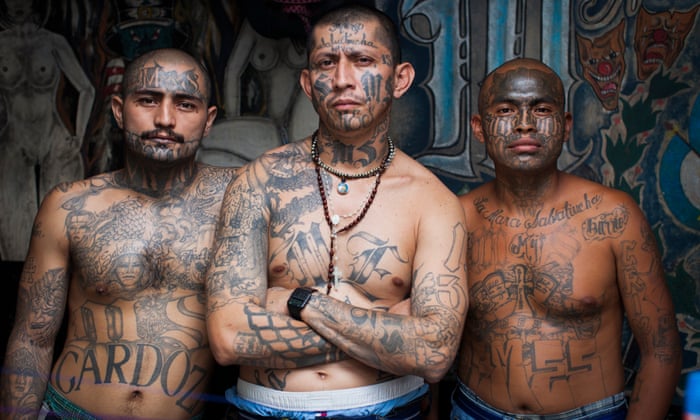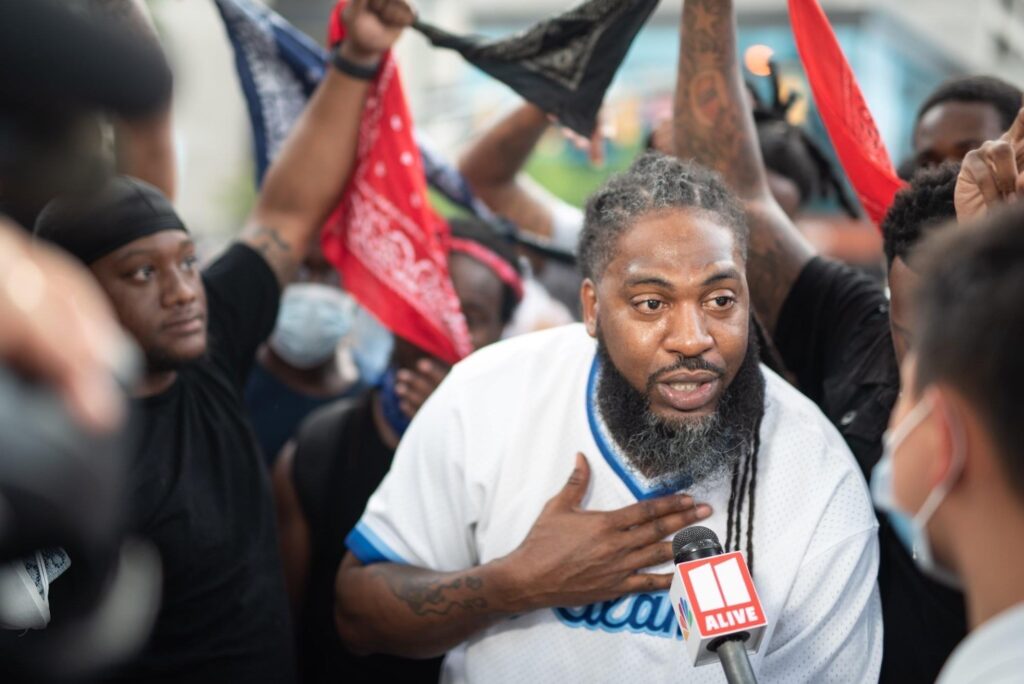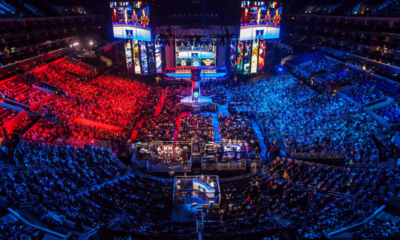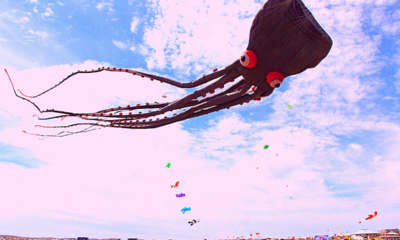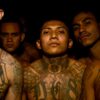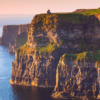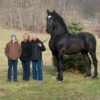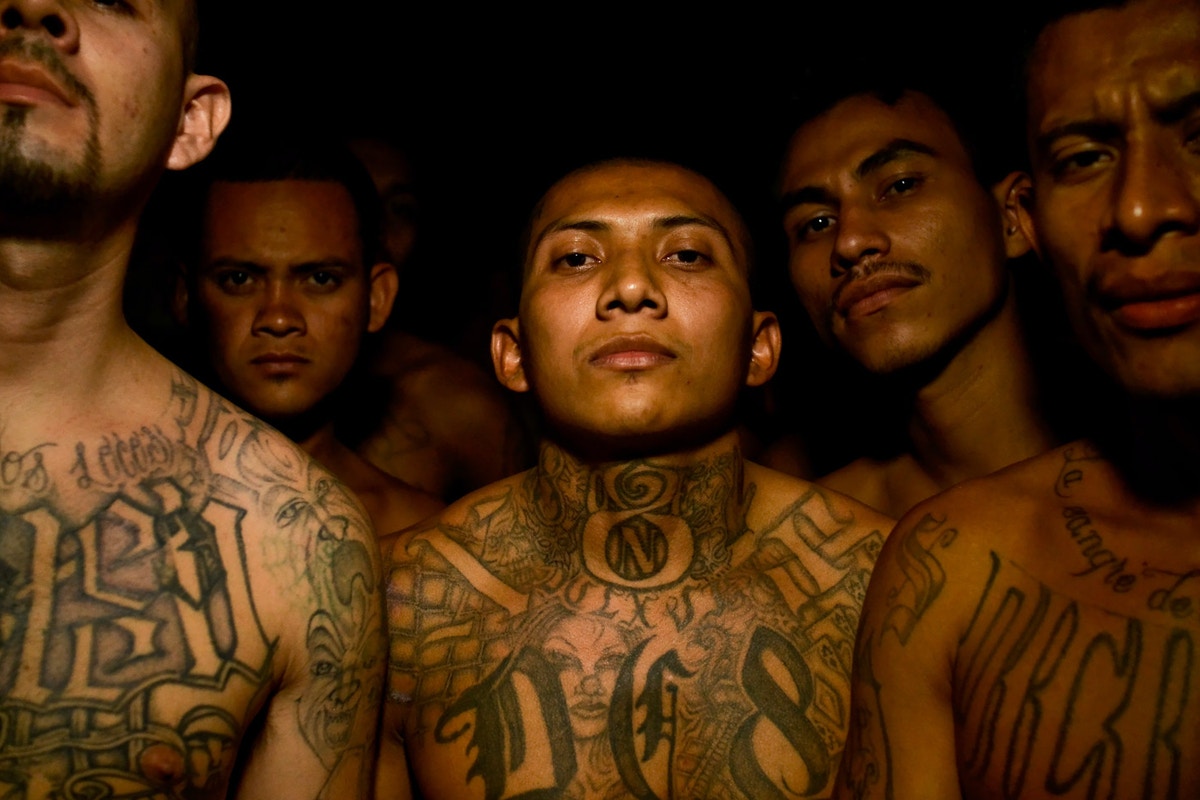
Culture
10 Biggest Gangs In The US
Not so long ago, the word gang was identified with a group of people who considered each other friends. However, this word has now earned a notorious reputation and is spoken in a negative context. The Cambridge dictionary defines this word as, “A group of young people, especially young men, who spend time together, often fighting with other groups and behaving badly.”
In 2014, the Federal Bureau of Investigation (FBI) reported as many as 33,000 gangs operating in the United States of America. These include street gangs, biker/motorcycle gangs, and/or prison gangs. The US is home to a multitude of these gangs which are highly dangerous. In fact, some of the biggest gangs in the world are in the United States of America. According to the FBI, these gangs commit 48% of violent crimes in the country, and some even source weapons from the military!
While some of these gangs work at the local level, many aim on achieving international fame and recognition. Probably hard to believe at first, but some of these gangs even have their own website!
10. Vagos Motorcycle Club
Members: 4,000
Location: San Bernardino, California
Founded: 1965
Category: Motorcycle Club
With as many as 4,000 gang members, the Vagos Motorcycle club has been creating havoc in the US since 1965. They can be found wearing green and since the mid-60s, these gang members have also expanded internationally. Originally, they had named themselves Psychos but after a few members broke off, they started calling themselves Vagos. In fact, many of the members of this notorious gang were former military men.
Their symbol is Loki, the Norse god of mischief and there could not have been a better description for these gang members. Operating mainly in the US, the Vagos Motorcycle club members ride on handsome Harley Davidson bikes and wear green vests with their logo imprinted on the back.
The main activities that this gang indulges in are drug smuggling between the Mexican and US borders. Besides, they have also been setting traps for police officers in California. However, despite all these illegal activities, they maintain that they are not a notorious group and considers themselves a very legitimate bikers club.
9. Florencia 13
Members: 10,000
Location: South Los Angeles
Founded: 1930s
Category: Criminal street gang
With as many as 10,000 members all around the country, the Florencia 13 gang has been named after Florence, which is an area in California, from where this gang has originated. The number 13 comes from ‘M,’ which is the 13th letter of the alphabet and by naming their gang thus, they pay homage to the Mexican Mafia.
This gang actually originated way back in the 1930s and was formed by Mexican-Americans originally. Since then, this gang has been attacking African-Americans in South Central LA. Considered the largest hispanic group in Los Angeles, this gang indulges in burglaries, murders, auto thefts as well as drug dealings. This gang also earns money by selling forged immigration documents, passports and green cards.
To control huge neighbourhoods, this gang uses a lot of violence. Also known as F-13, this street gang controls Firestone in LA, California. They have rivalry with the African-American gangs of the city and the Crips are their main enemy.
8. Aryan Brotherhood
Members: 20,000
Location: California
Founded: 1964
Category: Neo-Nazi prison gang
One of the oldest and most notorious gangs in the USA, the Aryan Brotherhood started in 1964 and currently has as many as 20,000 members. Located in California, this gang is a neo-nazi prison gang. A lot of other prison gangs have also started to use Aryan Bortherhood as part of their name such as the Aryan Brotherhood of Texas, but all of them are unrelated to the original one.
Because of its longevity, Aryan Brotherhood members have come to use a variety of symbols and codes, but the most common symbol of the Aryan Brotherhood remains a shamrock, often in combination with a swastika. Aryan Brotherhood members also frequently use the initials AB or their alphanumeric equivalent of 1 and 2, or 12 (including the use of Roman numerals). Another fairly common signifier is the use of the number 666 (the so-called “number of the beast”).
7. Bloods
Members: 25,000
Location: Los Angeles, California
Founded: 1972
Category: African-American street gang
Original Blood Family, or the Bloods as they’re commonly known, are an L.A. street gang known for their distinctive hand signs and red attire. After being formed in the early 1970s, the Bloods spread all across the country. They’re also famous for their well-known rivalry with another L.A. street gang, the Crips. Today, there are an estimated 20,000-25,000 Bloods spread throughout the country.
The gang was formed in the early 1970s as the Crips spread throughout Los Angeles. Various gangs—notably those around Piru Street—refused to join the Crips and instead banded together for protection. Within this loose alliance, many of the gangs remained independent, and infighting was not uncommon.
However, they were united in their opposition to the Crips. They eventually took the name Bloods and adopted the color red to distinguish from the Crips’ blue. Members of the Bloods also embraced other unique identifiers, including various hand signs and physical markings, notably a “dog paw” tattoo or brand—three circles often made from the heated barrel of a gun—that is sometimes called Triple Os.
6. Cosa Nostra
Members: 25,000
Location: California
Founded: 1881
Category: Street gang
Giuseppe Esposito was the first known Sicilian Mafia member to emigrate to the U.S. He and six other Sicilians fled to New York after murdering the chancellor and a vice-chancellor of a Sicilian province and 11 wealthy landowners. He was arrested in New Orleans in 1881 and extradited to Italy.
The basic group is known as a “family”, “clan”, or cosca. Each family claims sovereignty over a territory, usually a town or village or a neighborhood (Borgata) of a larger city, in which it operates its rackets. Its members call themselves “men of honor” although the public often refers to them as Mafiosi.
The Mafia’s core activities are protection racketeering, the arbitration of disputes between criminals, and the organizing and oversight of illegal agreements and transactions. By the 20th century, following wide-scale emigration from Sicily, Mafiosi established gangs in North and South America that replicate the traditions and methods of their Sicilian ancestors.
5. Crips
Members: 30,000 to 35,000
Location: Southern California
Founded: 1969
Category: Street gang
Like the Bloods, the Crips are seemingly a relic of a bygone era. But they’re still very much around, and very active. There is as many as 50,000 still combing the streets around the country, and its members have been involved in murders, racketeering, and drug trafficking. Though they’re originally a California product, many young Crips are in and around New York, with arrests sometimes making the news.
The gang’s origins are disputed. According to some reports, Stanley (“Tookie”) Williams and Raymond Washington, both high schoolers in Los Angeles, founded the Crips in 1971 for protection from gang violence. Others claim that Washington, inspired by the Black Panthers, formed a political group in 1969 that evolved into a street gang. It was initially called Cribs, a possible reference to how young its members were or based on crib’s slang meaning, “home.” Soon, however, the gang became known as the Crips.
Numerous explanations have been offered for the revised name. Some claim it is a mispronunciation of Cribs, while others suggest it is an amalgamation of Cribs and RIP (rest in peace), representing members’ involvement from birth to death. A third explanation is that Crips is short for cripple, a reference to the fact that some of the early members used canes or that they crippled their enemies.
4. Latin Kings
Members: 43,000
Location: Chicago
Founded: 1954
Category: Hispanic and Latino street and prison gang
The Latin Kings The Latin Kings street gang was formed in Chicago in the 1960s and consisted predominantly of Mexican and Puerto Rican males. Originally created with the philosophy of overcoming racial prejudice and creating an organization of “Kings,” the Latin Kings evolved into a criminal enterprise operating throughout the United States under two umbrella factions – Motherland, also known as KMC (King Motherland Chicago), and Bloodline (New York).
All members of the gang refer to themselves as Latin Kings and, currently, individuals of any nationality are allowed to become members. Latin Kings associating with the Motherland faction also identify themselves as “Almighty Latin King Nation (ALKN),” and make up more than 160 structured chapters operating in 158 cities in 31 states. The membership of Latin Kings following KMC is estimated to be 20,000 to 35,000.
The Bloodline was founded by Luis Felipe in the New York State correctional system in 1986. Latin Kings associating with Bloodline also identify themselves as the “Almighty Latin King and Queen Nation (ALKQN).” Membership is estimated to be 2,200 to 7,500, divided among several dozen chapters operating in 15 cities in 5 states. Bloodline Latin Kings share a common culture and structure with KMC and respect them as the Motherland, but all chapters do not report to the Chicago leadership hierarchy.
The gang’s primary source of income is the street-level distribution of powder cocaine, crack cocaine, heroin, and marijuana. Latin Kings continue to portray themselves as a community organization while engaging in a wide variety of criminal activities, including assault, burglary, homicide, identity theft, and money laundering.
3. 18th Street Gang
Members: 65,000
Location: Central America
Founded: 1960s
Category: Multi-ethnic transnational criminal organization
Eighteenth Street is a gang originating in the Pico-Union District of Los Angeles. It is one of the gangs frequently mentioned in a transnational context and often referred to as a mara—a type of sophisticated gang—due to its presence in El Salvador and other parts of Central America. Eighteenth Street is known as Barrio 18, Calle 18, Mara 18, and M-18 in its various locations. This article summarizes its origins and national and transnational migration/diffusion.
Eighteenth Street is one of the most significant gangs within Los Angeles and has spread to numerous locations. Such growth in membership and geographical coverage can be attributed to this gang’s open ethnic enrollment of members outside the Latino/a community, which broadened the appeal for youth to join the gang. Eighteenth Street’s reach has extended out of Los Angeles to cities and suburbs throughout the US.
Approximately 200 cliques affiliated with 18th Street operate throughout Southern California, including the San Fernando and San Gabriel Valleys, the South Bay, South Los Angeles, Pico-Union (their original home), Inglewood, Lynwood, Huntington Park, as well as Riverside and Orange Counties.
2. Mara Salvatrucha
Members: 70,000
Location: Los Angeles
Founded: Between 1970-80
Category: Los Angeles
Known for their distinctive tattoos, drug trafficking and brutal crime sprees, Mara Salvatrucha (most commonly known as MS-13) is considered by some to be the most dangerous gang in the United States.
MS-13, or Mara Salvatrucha, is a violent gang mostly comprised of Salvadorans. They’re not a very old gang but have quickly made a name for themselves due to their distinctive tattoos and brutal crime sprees. They’re involved in trafficking and robberies, and are known to be very violent as well. Some MS-13 members have even been terrorizing communities only miles from the White House in Washington D.C.
1. Gangster Disciples
Members: 50,000 to 100,000
Location: Northeastern, midwestern & southeastern US
Founded: 1968
Category: Street and Prison Gang
Formed in 1974 as a 60-man operation, the GD has matured into a centralized criminal organization with nearly 100,000 members in Chicago and spreading into at least 35 other States with several thousand more members. With an estimated annual revenue in excess of $100 million from Chicagoland narcotics sales and street tax, the gang is one of Chicago’s most successful, albeit illegal, home-grown corporations in the modern American underground economy.
The Gangster Disciples were established on the South Side of Chicago, Illinois in 1965 by Larry Hoover. Larry Hoover was the leader of his own gang called the Supreme Gangsters while David Barksdale was also the leader of his own gang called the Devil Disciples. They later united the two gangs in 1969 and called themselves the Black Gangster Disciples.
The Gangster Disciples are active in 110 cities and in 31 states, predominantly in the Midwestern and Southeastern United States, and also maintain a significant presence in the U.S. prison system. The gang has between approximately 25,000 and 50,000 members. The Gangster Disciples first emerged in significant numbers in Memphis, Tennessee in the 1980s, the first modern street gang to do so.
Trisha Katyayan is an experienced journalist who has print-media background and loves to research, organize and curate factual information in a presentable way.


